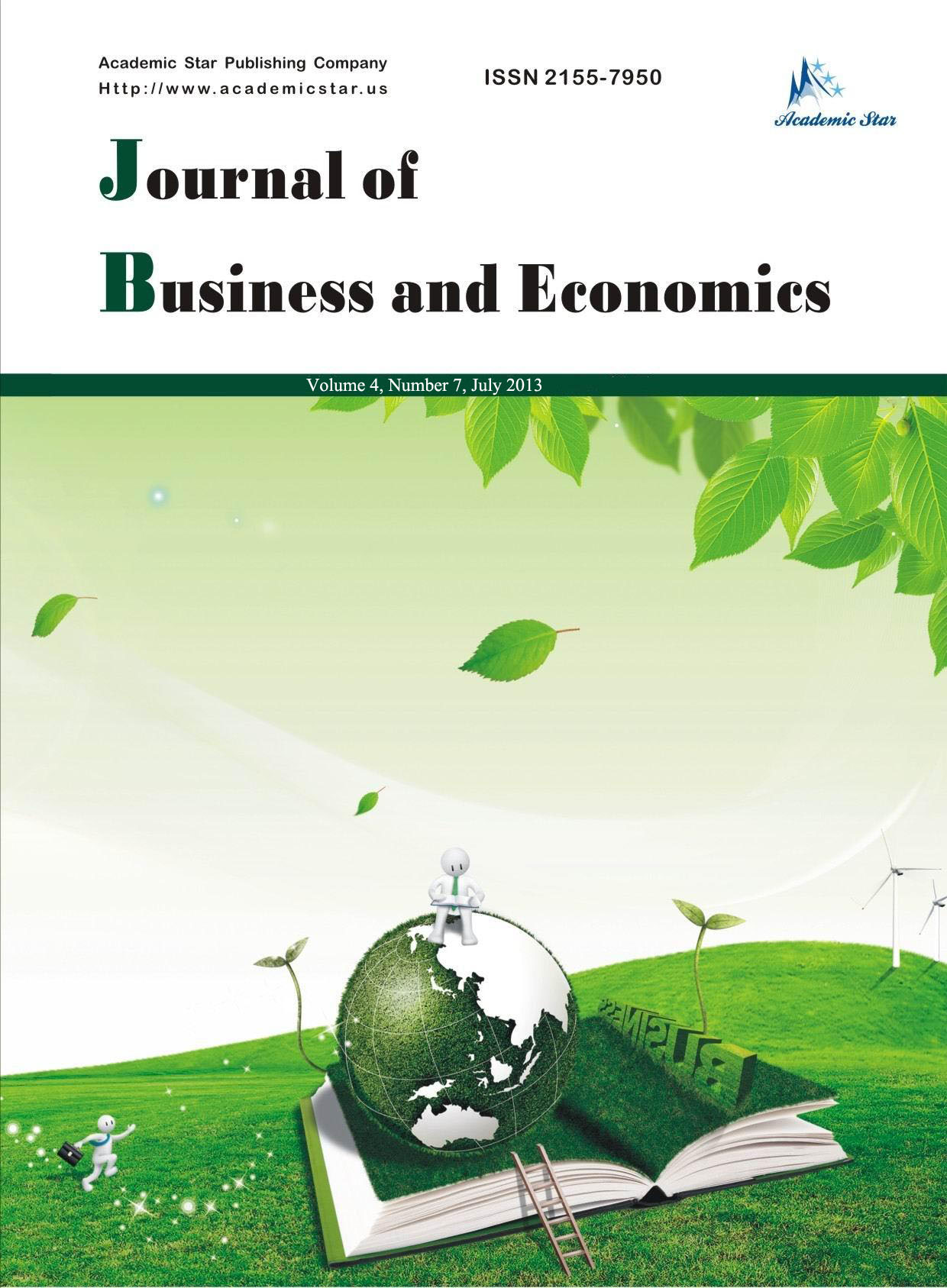
- ISSN: 2155-7950
- Journal of Business and Economics
Urban Planning and Pandemia
Abstract: The paper addresses the effects of the COVID-SARS19 pandemic on the near future of urban places, also in the light of the forecasts of experts, who expect new viruses and increasingly frequent pandemics (IPBES 2020). The recent pandemic, unlike the past ones, has spread to a world where almost eight billion people live, of which more than half in urban areas, ranging from small villages to megalopolises of over ten million inhabitants.
Poëte (1929) stated that the essence of the city must be sought in the roads structure, in the communication routes, and on the fact that (in the twenties of the last century) people “live more united to enjoy the advantages of progress, and waiting for the progress itself will allow them to live further away without losing the benefits”. Beguinot (1989) theorizing the cabled city, stated that technological innovation should not be the driving force of further useless consumption but should contribute to raising the quality of life and urban life.
What will happen after the current global pandemic that has forced us to change lifestyles, ways of working and social relations? Both democratic governments and those of authoritarian regimes have, with few differences, established the same rules: distancing, isolation, tele or smart working and closure of activities deemed non-essential. Essential for what, for what purpose?
The effects of the imposed limitation to the welfare state are evident and the urban organizations will different, depending on whether society is based on welfare systems or it is left to the so-called self-regulation of the market.
Cities, after the pandemic, risk continuing the crisis they have been in for decades. Responsibility is also to be found in territorial government regulations, marked by the utmost liberalism; they allow for generic and smoky objectives while, on the contrary, they should clearly represent the interests at stake and the social advantages and disadvantages that each of the possible choices produces.
The current pandemic also brings back the traditional city-countryside relationship, with dynamics quite similar to those that had characterized it at the advent of the city produced by the industrial revolution; the need for sustainable development also requires an innovative conception of urban spaces, both public and private.
Key words: pandemic, urban planning, development, challenges
JEL codes: I0, I3






